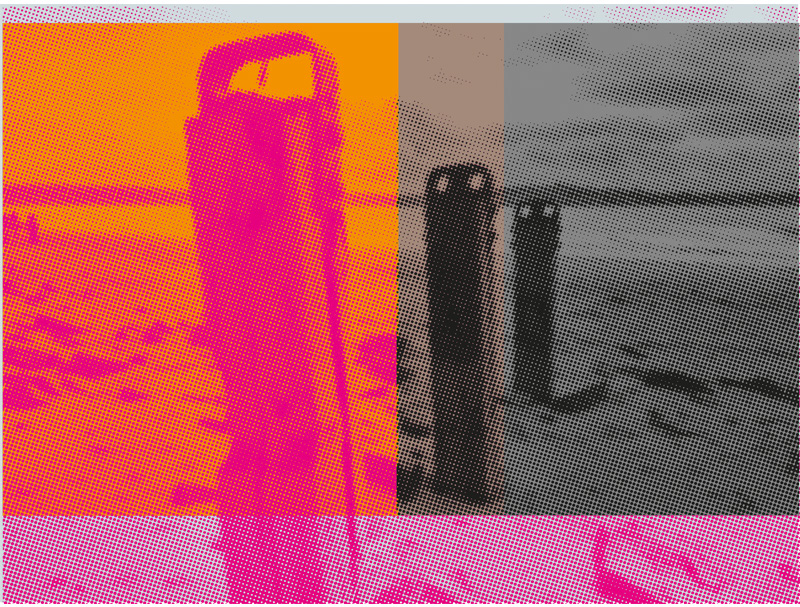FILTER GALLERY BY...
Capitoline Triad #2
£ 95.00
£95.00
This work is a part of a series which explores the remains of what appears to be ruined remains of Second World War installations in Braunton Burrows on the coast of North Devon. The area is scattered with remnants of the wartime training ground used by American forces immediately prior to the D-Day landings in June 1944. What adds poignancy to these remaining fragments of war is that many of these who trained here only had weeks to live while those who survived the initial landings will have been scarred for life not only physically but mentally by their experiences on Omaha Beach and elsewhere in Europe. Now, these terrible events have receded into history and all we are left with on the ground are the fractured archeological remains of lived experiences. Like myths and gods we no longer believe in, they remain as empty metaphors that, once compelling in their practical utility, now carry no threat or promise. But echoes still remain and reverberate down the ages as half remembered, half forgotten hauntologies. Not knowing their precise original form, we encounter the fragmented physical remains as mystery. We know they had a purpose and carried meaning but we can no longer place them. Instead, we are free to reinvent, to bring into contemporary consciousness reconfigured experiences of dead generations. In this sense, the past is undifferentiated. It doesn’t matter if the events were eighty or a hundred and eighty years ago, the past is still the past and will never come again. We can only imagine and reimagine, which is something art has always done. This specific piece is based on a number of groyne-like structures which reach out into the sea at the far southern end of Saunton Sands. From what remains, it is difficult to decipher precisely what their original purpose might have been but they resemble standing figures, sentinels, kouroi or, as I have reimagined them here, the three deities of the Capitoline Triad: Juno, Jupiter and Minerva. Based on photographs, I have deconstructed the images and reassembled them as layers, as strata in a visual archeology of reimagining which transcends time and place, belief, memory and identity in order to open up fresh visual and conceptual possibilities.
You then have a further 14 days in which to return the work to the artist unused, in the same condition in which it was received and in its original packaging.
Need some help?
If you’d like some more information about this piece of work, or if you have any questions about ArtMakers or the buying process, please don’t hesitate to get in touch with us.
Get in touch